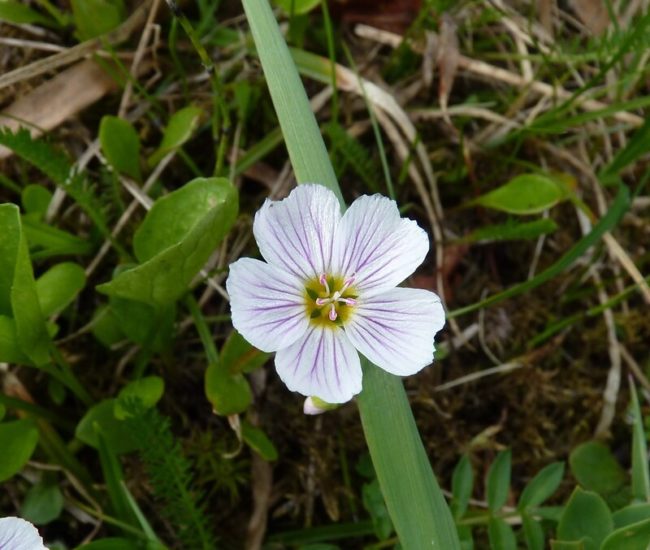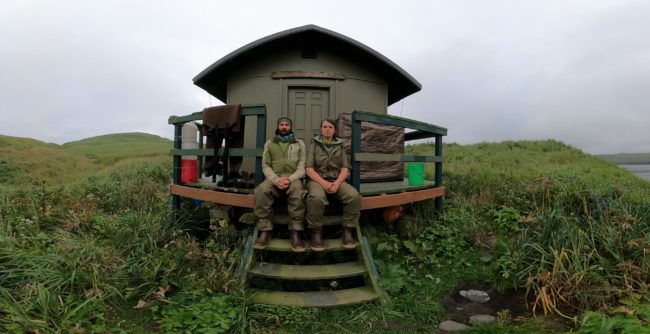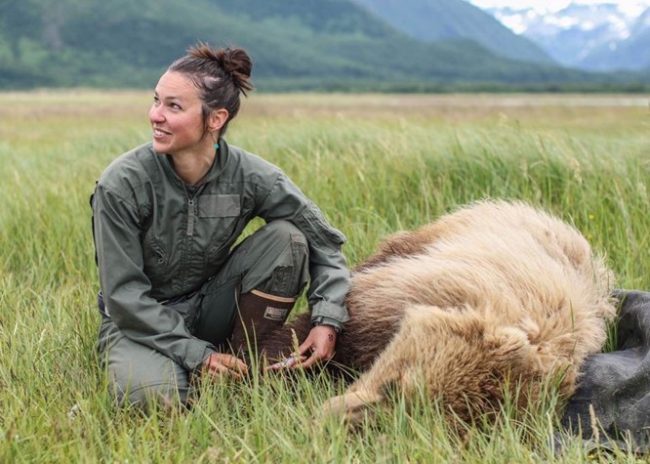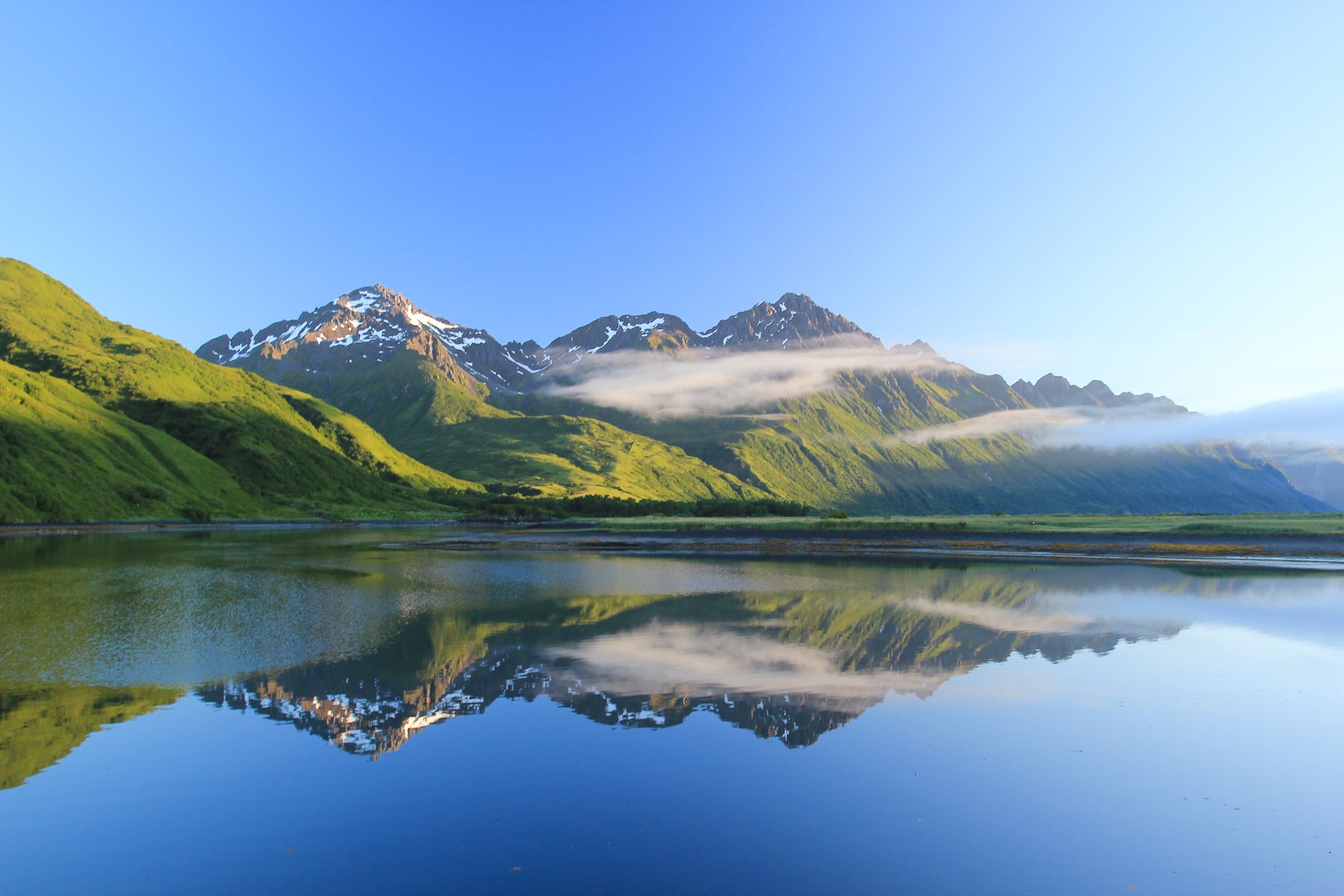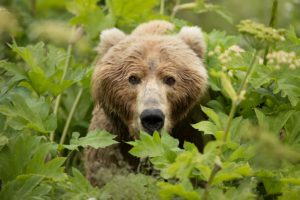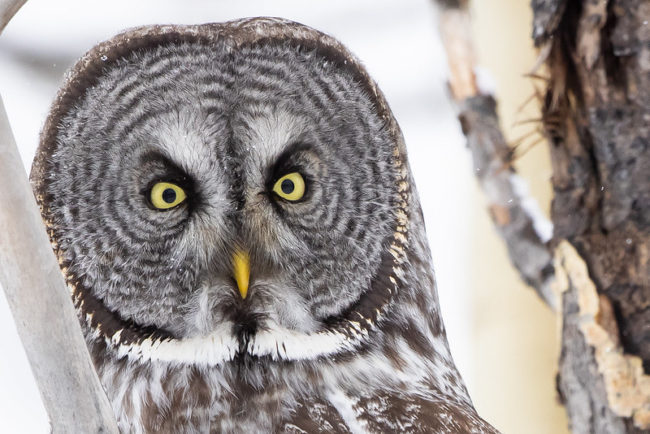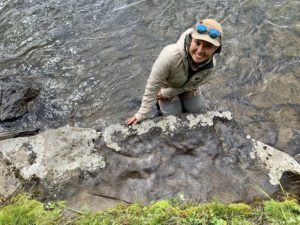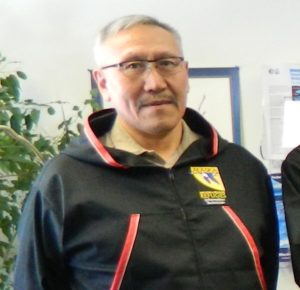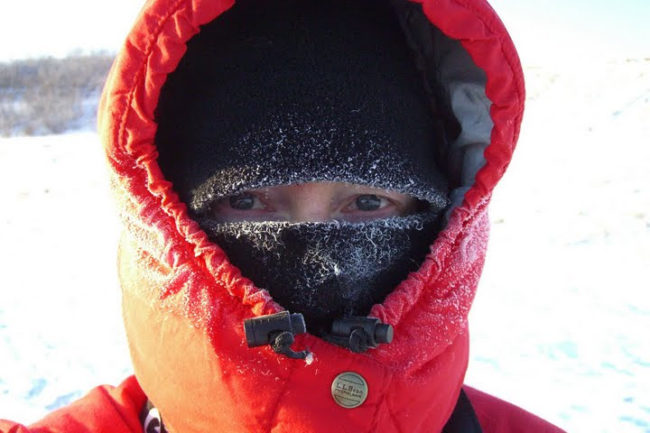by David Raskin, Friends Board President
Friends welcomed recently appointed Alaska Regional Director Sarah Boario on our April board meeting. We had a wonderful interaction with her and look forward to a productive working relationship on programs and issues facing Alaska’s refuges. Now that the leadership positions have been filled, we hope that a Special Assistant for Alaska will be appointed soon. We have heard rumors but have seen no official announcement.
Arctic National Wildlife Refuge
The Budget Reconciliation bill that includes repeal of the Arctic National Wildlife Refuge oil and gas program and a buy-back of all existing leases seems to be headed to a possible reformulation. There are glimmers of hope that Senator Manchin will support a lesser version that will include the Arctic Refuge lease repeal in a revised version of the legislation. This may occur before summer. In the meantime, US Fish and Wildlife Service (USFWS) and Bureau of Land Management (BLM) continue the lengthy and expensive process of developing the Supplemental Environmental Impact Statement (EIS) required by order of the Secretary. Many conservation organizations, including Friends have intervened on behalf of the government in the federal lawsuit by the Alaska Industrial Development and Export Authority (AIDEA) and the State.
The threat to the Coastal Plain continues after the submission of the SF 299 application by Kaktovik Inupiat Corporation (KIC) for a winter right-of-way across the tundra in a wilderness study area. The validity of their claim that Kaktovik lands are an inholding without adequate and reasonable access must be decided by the Secretary in consultation with the Solicitor. If KIC prevails, there must be a notice of intent and a NEPA process. The significance of this effort by KIC is related to the Izembek application for a similar inholding right-of-way. If these questionable gambits succeed, it will make that process available for similar claims in other refuges and possibly all federal conservation units. That would be a disaster for all national conservation lands.
The contractor hired by the USFWS has completed its report about the results of its evaluation of the Kaktovik claim of historical vehicle use for subsistence activities in the Arctic Refuge tundra, including wilderness study areas. We expect that the report includes little hard evidence to support the claim of historic use of vehicles. The USFWS will proceed with the administrative process to decide the validity of the Kaktovik claim.
Izembek National Wildlife Refuge
On March 16, a panel of the Ninth Circuit Court of Appeals ruled 2-1 in favor of defendants’ appeal of our second successful lawsuit that had stopped the illegal land transfer for the proposed road. This disastrous decision rewrote Alaska National Interest Lands Conservation Act (ANILCA) to reinstate the land exchange for the road through the heart of the Izembek Wilderness. The far-reaching implications of this decision on more than 100 million acres of federal conservation units and lands in Alaska are potentially devastating, as described in the summary of the decision. As lead plaintiff in this case, Friends is working with our legal team Trustees for Alaska and the other conservation clients on options and strategy to undo this extremely dangerous decision.
Secretary Haaland will be visiting Izembek Refuge and King Cove on April 19. We understand that she will be accompanied by Senator Murkowski, USFWS Director Martha Williams, Regional Director Sara Boario, and Alaska Chief of Refuges Brian Glaspell. Weather permitting, we expect that she will receive a guided tour of the Refuge to see the values of wildlife, habitat, and Wilderness that would be severely impacted by the land exchange and the unnecessary and destructive road.
Alaska Maritime National Wildlife Refuge
We await the Final EIS from the Bureau of Ocean Energy Management (BOEM) for the Lower Cook Inlet oil and gas development lease sale of approximately 1.09 million acres of seafloor from Kalgin Island in the north to Augustine Island in the south. The proposed developments would create drilling platforms, underwater pipelines, and greatly increased industrial transportation in Lower Cook Inlet and pose a high risk of oil spills that could seriously impact lands and wildlife in the Maritime Refuge.
Kenai National Wildlife Refuge
Oral arguments on the Federal Ninth Circuit appeal of the Kenai Refuge regulations by Safari Clubs International and the State were held on February 18. The Kenai regulations include a ban on baiting of brown bears and other sensible controls on trapping and predator control. Friends is one of many intervenor-defendants in support of the government. We were represented by Trustees for Alaska Staff Attorney Rachel Briggs who did an outstanding job. Based on the questions by the 3-justice panel, we expect that our victory in the Federal District Court will be upheld..
Yukon Flats National Wildlife Refuge
Hilcorp announced plans to begin seismic exploration next winter on Doyon Corporation inholdings in the Yukon Flats Refuge. There is great concern that this will lead to oil and gas development that could negatively impact wildlife and fisheries in the Refuge.
